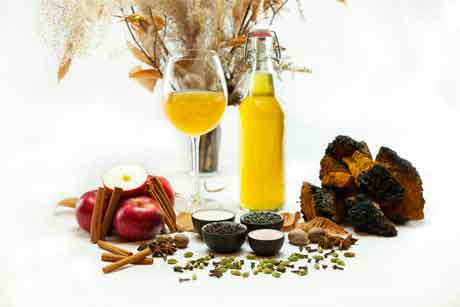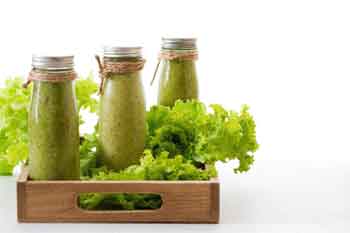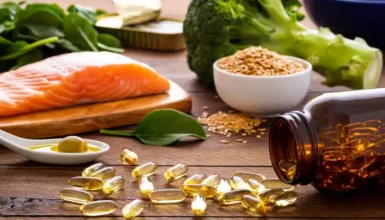Everyone knows the difference between dandelions and daisies, and if you don’t know the differences between the two, here’s a quick hint- one is a beautiful flower, and the other is a stubborn weed. Despite these differences, did you know that dandelions are a medicinal herb? According to ancient Chinese and French medicinal practices, this is a true fact. Ironic as it is, dandelions are not only a pain in the grass, but they can also treat your pains- literally.
If we weren’t so busy mowing dandelions off of our lawns, then we would be able to realize that they are beneficial in treating circulatory problems, respiratory problems, and curing certain gastro-intestinal issues. There are also cases where dandelions have been used as a cure in dissolving kidney stones. In China, the dandelion is one of the ten most commonly used herbs in medicine.

Dandelions are commonly found in the North American and European continents, so people residing in these areas are familiar with what they look like. The origins of the name “dandelion” is translated as meaning “lion’s tooth” because of the jagged characteristic shape of it’s leaves. The French, on the other hand, discovered the medicinal value of dandelions ages before anybody else. The French name for the dandelion is “pissenlit”, which translates into English as “piss in bed”. The origins of this name is probably attributed to the detoxifying benefits of dandelions.
In France, dandelions are used as a powerful diuretic for body detoxifying and urinary system cleanses. Dandelions are so potent that there have been reports of children wetting their beds in the evening time, after playing in dandelion fields earlier in the day time. This is a direct result of dandelions stimulating a child’s liver, causing a detoxifying episode in the body, and flushing out any bodily toxins.
According to the United States Department of Agriculture (U.S.D.A.), dandelions are listed as one of the most nutritious vegetables, mainly because of their high vitamins and minerals content. If you are contemplating the addition of dandelions into your diet, here are a few tips for preparation and suggestions for usage.

Generally as a rule of thumb, all portions of the dandelion are edible, but the flower and leaves are more commonly eaten. Always make sure that your dandelions have not been touched by pesticides or weed killing agents, and thoroughly wash and clean them before adding to your dishes. To add detoxifying benefits to your daily diet, try putting the dandelion leaves in your salads or greens. Another great idea is to add a colander filled with dandelion leaves and apples into a juicer to create an apple-dandelion juice concoction. The internet is always a wonderful resource for finding other great recipes for using dandelions.
Note: If you have any health or medical conditions, please consult your health provider before digesting dandelions. It is not usually recommended for those who have kidney or liver problems. There are old wives tales of using dandelions as a topical remedy for wart removal. According to these old wives tales, you should rub the yellow flowered portion of the dandelion to the wart area, once daily for one month. These are just a few suggestions for using dandelions, as there are many other practical uses and benefits of dandelions.


